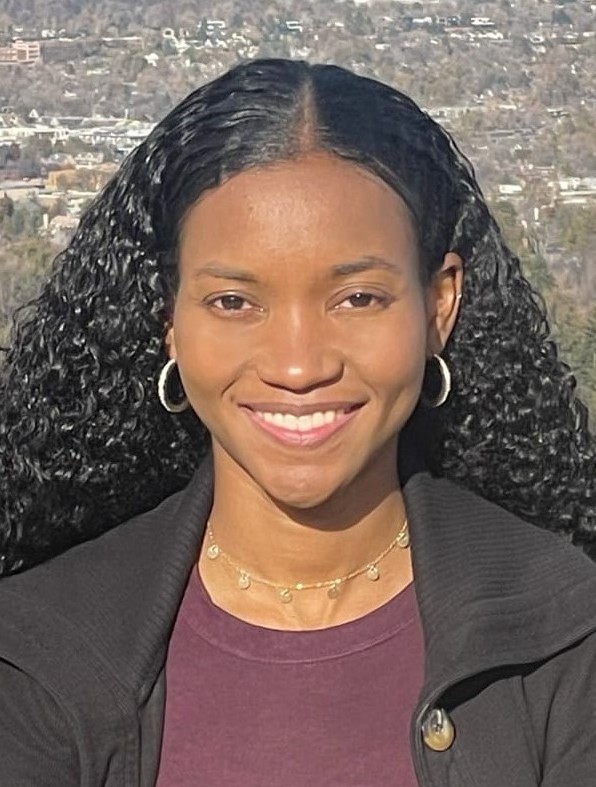 |
Jannetta Richardson
B.S. Florida Institute of Technology
Jannetta's research seeks to understand how radiative interactions with cloud hydrometeors,
known as cloud radiative forcing (CRF), influences the early-stage development of
tropical cyclones experiencing moderate vertical wind shear.
She has run idealized Weather Research and Forecasting (WRF) simulations to investigate the physical mechanisms
through which CRF modulates the timing of intensification and tropical cyclone structure,
including the size of the wind field and the structure of the stratiform region.
|
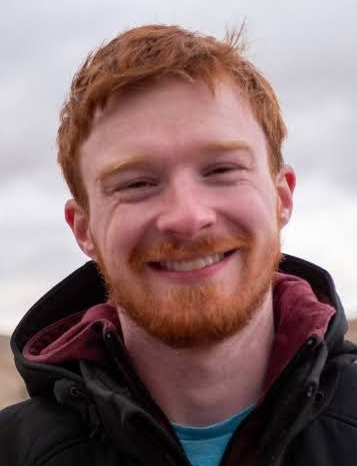 |
Nicholas Johnson
B.S. University of Alabama in Huntsville
Nicholas's research seeks to understand processes that affect tropical cyclone intensity,
such as ventilation: the injection of cool, dry environmental air into sheared storms.
A combination of observations from aerial reconnaissance and satellites, along with simulations
from operational models, are used to examine these processes. Nicholas participated in
NASA's Convective Processes Experiment - Cabo Verde field project and the Naval Research Enterprise Intern Program.
He is also a Future Investigators in NASA Earth and Space Science and Technology fellow.
|
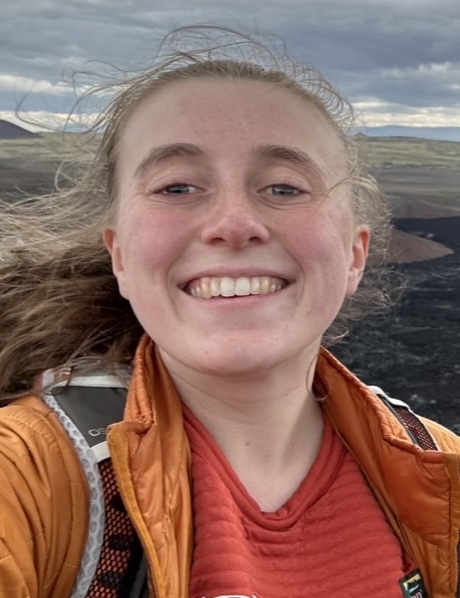 |
Emily Lucy
B.S. University at Albany
Emily's research focuses on tornado-scale vortices in the eyewall region of tropical cyclones.
She has been using a large-eddy simulation to understand the dynamical mechanisms associated with the formation and intensification of these tornado-scale vortices.
In the past, Emily has done research on terrain influences on convective storms in central Argentina.
|
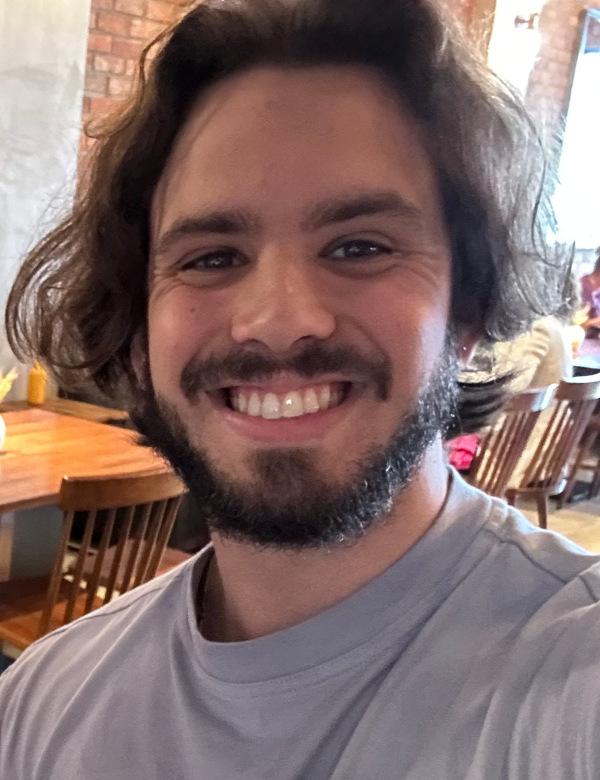 |
Luis Hernandez
B.S. Florida International University
Luis' research focuses on understanding different tilt and alignment behaviors in moderately sheared tropical cyclones.
He is investigating cases of interest using the Hurricane Analysis and Forecast System.
Luis is a fellow of the NOAA Cooperative Science Center in Atmospheric Sciences and Meteorology.
|
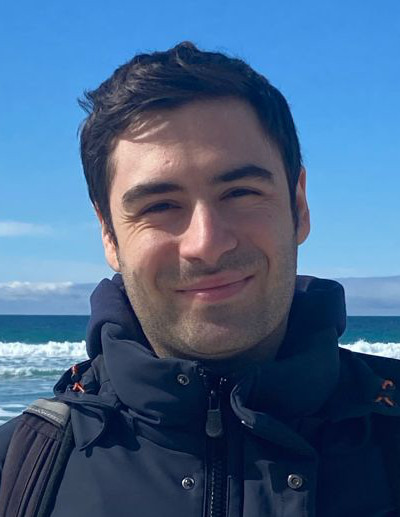 |
Stefano Giove
M.S. University of Bologna
Stefano's research seeks to evaluate how environmental conditions and mesoscale processes affect tropical cyclone strength
and track during downshear reformation, when a secondary storm center forms downshear and takes over as the
new low-level storm center. He aims to understand how the new center development is governed by relevant factors employing
Weather Research and Forecasting (WRF) real-case simulations and Cloud Model 1 (CM1) idealized simulations.
|
 |
Jake Vile
B.S. University of Illinois Urbana-Champaign
Jake plans to conduct research on ventilation pathways into tropical cyclones.
Particularly focusing on the effects of drier air that surrounds tropical cyclones,
he seeks to find out if current theories of ventilation pathways into tropical cyclones are
supported by data from previous field campaigns. Jake has previously been involved in multiple field projects,
including PERiLS (Propagation, Evolution, and Rotation in Linear Storms)
and MITTEN-CI (Maritime to Inland Transitions Towards Environments for Convective Initiation).
|
 |
Chris Gilberti
B.S. University at Albany
Chris plans to focus his research on the meteorological causes and predictability of rainfall and extreme precipitation events over the Catskill Mountains of New York.
A combination of multi-decade and case-study analyses will be used to better understand the processes that lead to these events,
which impact DEP watershed management operations. Chris has done work in the past verifying numerical weather model data
and physical meteorological observations including those taken at New York State Mesonet stations.
|
Nathalie Rivera-Torres
M.S.: "Examining Downshear Reformation in Tropical Cyclones"
|
Rachel Eldridge
M.S.: "Examining the Performance of the High-Resolution Rapid Refresh Model During Clear, Isolated, and Widespread Convective Days in the New York State Capital Region"
|
Emily Paltz
M.S.: "It Takes Two to Tango: Understanding the Processes That Lead to Simultaneous Changes in Tropical Cyclone Intensity and Size and Communicating the Associated Hazards to Emergency Managers"
|
Brennan Stutsrim
M.S.: "A Mechanism for Upscale Growth of Convection in the Complex Terrain of the Northeast U.S"
|
Casey Peirano
Ph.D.: "The Influence of Upper-Tropospheric Troughs on Tropical Cyclone Intensity Change and Structure: Observational, Reanalysis, and Idealized Numerical Modeling Perspectives"
|
Josh Alland
Ph.D.: "Synergistic Effects of Midlevel Dry Air and Vertical Wind Shear on Tropical Cyclone Development"
|
Michael Fischer
Ph.D.: "Tropical Cyclone Rapid Intensification in Environments of Upper-Tropospheric Troughs: Environmental Influences and Convective Characteristics"
|
Pamela Eck
M.S.: "Evaluation of Lightning Jumps as a Predictor of Severe Weather in the Northeastern United States"
|
Matt Vaughan
M.S.: "An Analysis of High-Impact, Low-Predictive Skill Severe Weather Events in the Northeast U.S."
|








